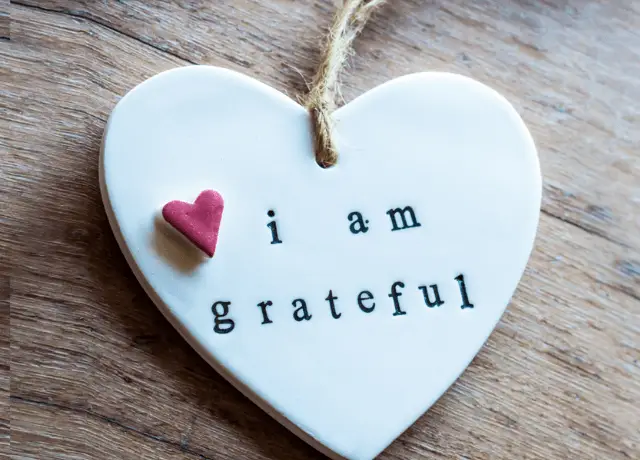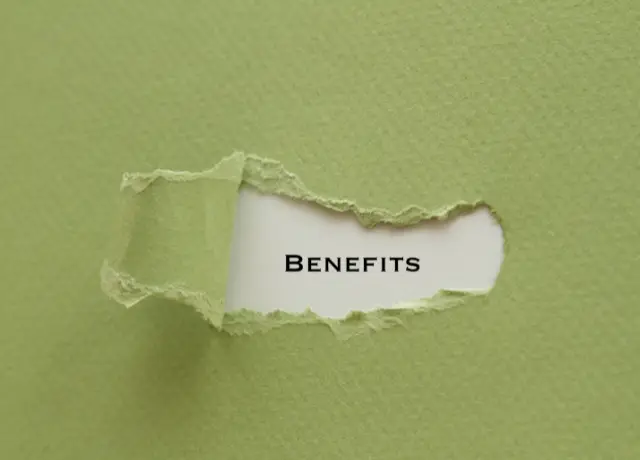Have you ever stopped to think about what makes you happy and thankful? A gratitude practice is just that — being thankful for the good things in your life. It's like having a special pair of glasses that help you see the good stuff, even when things aren't going perfectly.
Gratitude isn't just a nice thing to do; it's super important for our minds and hearts. When we take time to remember what we're thankful for, we tend to be happier and less stressed. And guess what? You can start right now and keep it going all year long.
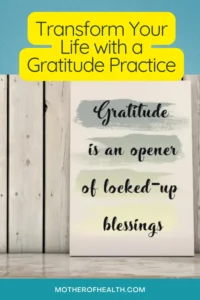

So, as Thanksgiving comes around, let's think about how we can turn gratitude into a daily habit. It's like planting a seed that grows into something beautiful.
When we practice gratitude, we're not just saying “thank you” for the big things, but also for the little things that make our days brighter. Let's get ready to learn how gratitude can totally transform your life!
Understanding a Gratitude Practice
A Linguistic Perspective
Linguistically, gratitude is found across many languages and cultures. It originates from the Latin word ‘gratia’, which means grace, graciousness, or gratefulness.
Yet, we don’t all experience or perceive it in the same way. Essentially, it is an emotion that helps us express appreciation and thankfulness. It is one of the most underestimated of all our emotions. A gratitude practice is more than just saying “thank you.” It's about really feeling it inside.
How Does Gratitude Work?
You might wonder, “Is gratitude really that powerful?” The answer is yes! Scientists have done lots of research and found that gratitude can do amazing things for us.
One study found that people who wrote down things they were grateful for every week were more cheerful and felt better about their lives compared to people who didn't.
Another study showed that gratitude can even make your heart healthier. That's right, saying “thank you” can be good for your heart!
Also, when we practice gratitude, it helps us deal with tough times better. It's like having a tool in our toolbox that helps us fix problems. Instead of getting stuck on the bad stuff, gratitude helps us find the silver lining – the good in every situation.
So, gratitude isn't just a nice feeling; it's like a muscle we can build to make our minds and bodies healthier. And the cool thing is, anyone can do it. You don't need special equipment or a lot of time.
All you need is to take a moment and think about what you're thankful for. It's simple but powerful!
Turning Challenges into Opportunities: The Power of Gratitude in Difficult Times
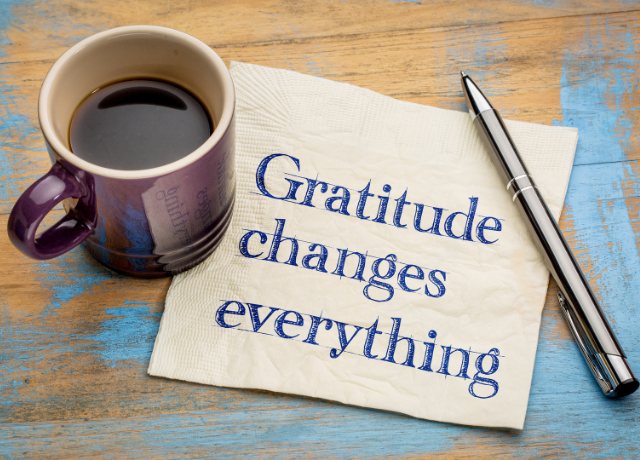
Life doesn’t always go the way we want; the job promotion goes to someone else, we miss a flight due to bad traffic, and elderly parents need more care.
It’s easy to allow ourselves to wallow in self-pity and let negative feelings like anger and frustration take over us. Feeling ‘poor me’ rarely helps improve the situation, but instead only leads to more negativity.
But, research shows that if we swap our negative feelings for gratefulness for the things we do have, profound changes can take place in our lives.
“Gratitude is the law of increase, and complaint is the law of decrease.” ~Florence Scovill Shinn
Below are the benefits you can expect after practicing gratitude regularly.
The Remarkable Benefits of Gratitude
Boosting Immunity and Well-being
Studies have shown that grateful people have more immune-protecting blood cells, which means they suffer fewer coughs and colds.
Being grateful can also reduce aches and pains in the body and lower blood pressure. If that’s not enough, gratitude can help you sleep deeper and longer.
A Path to Positivity and Well-being
Positivity creates more positivity. When we consciously identify what is good in our lives, we start to connect with positive emotions at a more meaningful level. This helps us feel more present in our lives, more alert to make choices, less depressed, and more energetic.
A University of California study found that people who kept a journal of positive experiences felt happier and more optimistic than those who only recorded negative things.
Boosting Self-Esteem Through Gratitude: Overcoming Envy and Embracing Joy
One of the worst feelings is the inability to genuinely celebrate someone else’s success without feeling a pinch of envy.
Self-esteem grows when we recognize the value of what we have already in our life. It is easier to break free from the negative cycle of envy and resentment.
When your best friend wins the lottery, rather than feeling bitterness, practicing gratitude will help you appreciate their good luck and share in the joy.
Likewise, other toxic emotions like frustration and regret are lessened. Studies have shown that grateful people are less likely to say they are materialistic or experience envy.
Building Resilience with Gratitude: Navigating Trauma and Adversity Positively
Being grateful helps us be stronger in tough times. A 2013 study in the Journal of Personality and Social Psychology found that people who were grateful coped better after the 9/11 attacks. Focusing on what we have, not what we lack, keeps us from feeling too negative when things get hard.
Strengthening Friendships Through Gratitude

Grateful people experience closer friendships. One reason for this might be that grateful people are more likely to help others and this help is then reciprocated.
Having friends is also good for your health. Studies have shown that individuals with social support networks tend to have a stronger immune system.
Grateful people are more likely to forgive others and are less obsessed with themselves. Toxic emotions like envy and regret stop us from connecting with people.
Expressing our appreciation helps us become more generous and compassionate, less judgmental and critical. Creating stronger bonds with people also reduces feelings of loneliness and opens us up to new opportunities.
Ways to Cultivate Gratitude
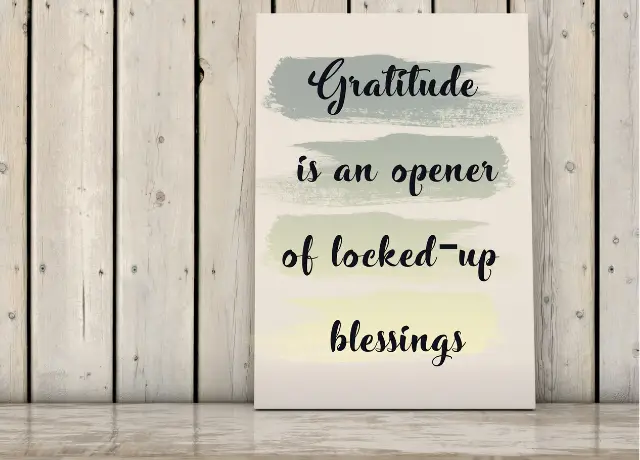
Psychologist Rick Hanson says our mind is like Velcro for negative emotions, sticking to them. Bad experiences can stay in our minds for a long time. But positive feelings, like Teflon, just slide off.
We often dwell on negatives, like an argument or a grumpy shopkeeper, long after they happen.
But neuroscience shows we can re-train our brain. Because of its plasticity, we can lessen negative emotions and boost positive ones. Our thoughts shape our minds, so changing our thinking can change our brain patterns.
By practicing gratitude, we change how we see ourselves and the world. Here are some tips to help you build a more grateful mindset.
Say thank you

Try to write a thank you letter, card, or email every month to let someone know how much you appreciate and value them. You could post it, hand deliver it, or even read it out loud to them.
This is a wonderful way to show someone that you cherish them or a great way to nurture a new connection. A study in the journal Emotion found that sending a handwritten thank you note to a new acquaintance makes you appear like a warmer and friendlier person.
Write a Journal
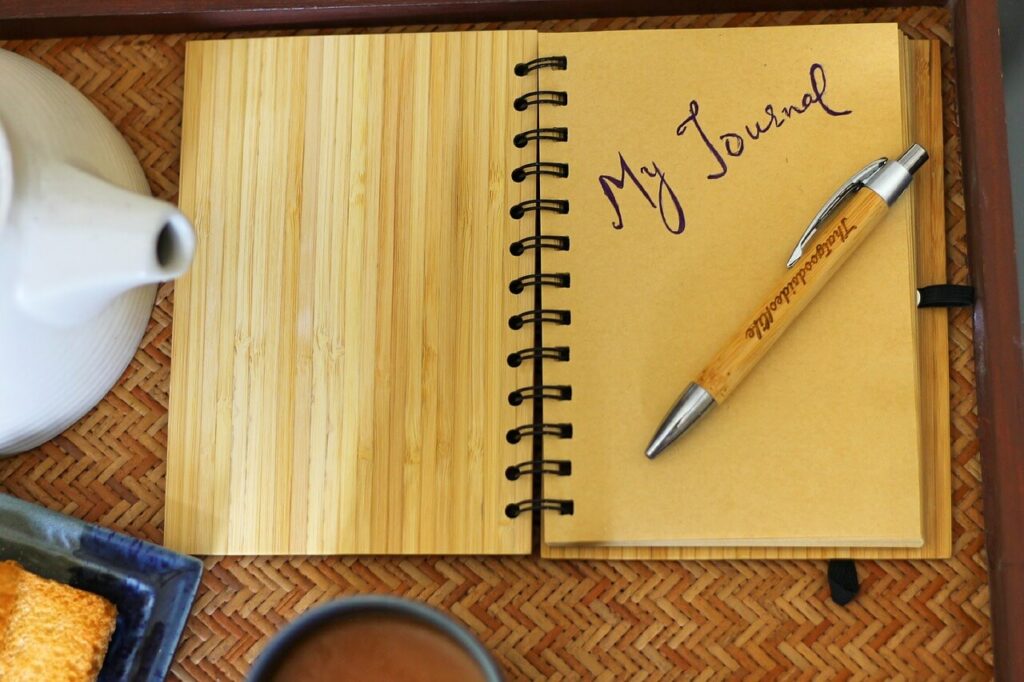
The best way to learn to appreciate everything you have already in your life is to start a daily gratitude journal.
You can focus and write three or five good things that happened that day. This can include mentioning people you value, personal attributes, gifts, and benefits bestowed on your path.
Keep a notepad by your bedside so you’ve always got it within reach in the morning or at bedtime.
A University of Oregon study looked at how a gratitude journal affected the brains of 16 women. They found big changes in a part of the brain called the ventromedial prefrontal cortex. This part is linked to altruism – caring selflessly for others.
Acknowledge the bad
Importantly, life is not always a bed of roses. Don’t try to block out difficult or sad times from your gratitude journey. By recognizing the past and appreciating your efforts to improve your life, you create an ideal space for gratitude.
Create a gratitude board
Put up a new bulletin board and start to pin things up on that you are grateful for. For instance, thank you cards and letters, tickets to a show or play that made you feel good, poems, quotes, or pieces of artwork. It can be anything you recognize as an expression of love and gratitude.
Create a habit
To get the most benefit, it is important to try to practice gratitude daily. This is easy to forget when life gets busy.
Try to make gratitude a habit and incorporate it into your everyday routine. Leave reminders for yourself in places you know you will see them.
For example, in the fridge or on your bedside table. You don’t need to overdo it either. Taking time to let your mind linger for a few minutes over a positive experience that day also makes a difference. Or write your own gratitude vow promising to count your blessings every day.
The Build-a-Habit Guide – A Research-Backed Program to Make Habits Stick
Do It Together
Practicing gratitude can be a group activity. Sharing it with others can make your bonds stronger and remind you to keep at it.
Include it in your dinner routine with your partner, kids, family, or friends. Use this time to talk about the good things that happened in your day.
You can share anything, big or small. Maybe someone held a door for you, your boss praised your work, or a stranger smiled on the train. All these are positive moments and if you look for them, you will experience them more often.
Gratitude is in the little things too, like a text from someone saying they miss you or a hug from your child. These moments matter just as much.
Meditation
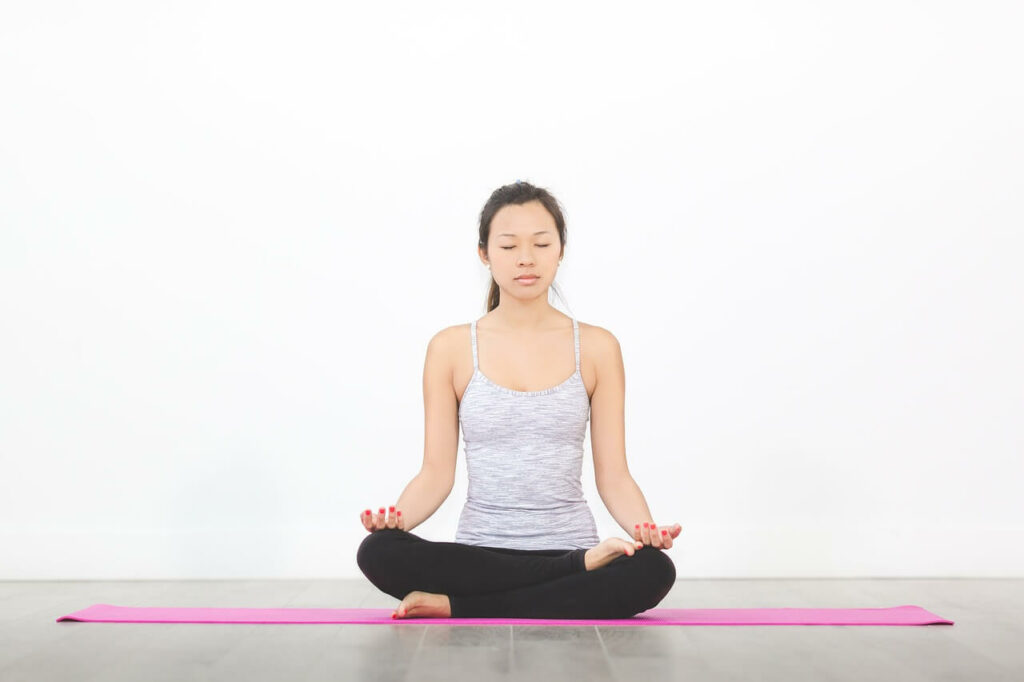
One of the most powerful tools to help train the brain to be more positive is through meditation.
Regular practice can create new neural pathways that help mold the brain to be more grateful. For instance, meditation helps grow gratitude by focusing on the present moment without judgment or criticism.
Another form of meditation aimed at developing deeper gratitude is called Naikon. Originally from Japan, Naikon, when translated, means ‘looking inside’.
It is a powerful gratitude meditation as it asks the participant to reflect on their life and the world around them. When practiced daily this meditation has a profound impact on creating a deeper sense of gratitude for the world around you.
As part of the meditation, you are asked to reflect on all aspects of your life from birth right up to the present.
There are many life-changing benefits that come from feeling grateful. However, gratitude is not a panacea for all life’s problems. There will be times when too much gratitude might hinder us rather than propel us forward in the best way.
Here are a few things to consider before you embark on your own gratitude journey.
Preparing for Your Gratitude Journey: Key Considerations to Get Started
Don’t overdo it. Studies have shown that practicing too much gratefulness can have the opposite effect.
Don’t put too much pressure on yourself to fill up your journal. There may be times when you don’t have anything to write and you can interpret this negatively, which is not what you want.
Remember that gratitude is about quality, not quantity.
Celebrate your own success too. Don’t let thankfulness overshadow your own contribution to success. Hiding behind others can be a sign of low esteem.
Saying thank you will not solve all your problems. There is a time and place for negative emotions.
Sometimes anger plays an important role in healing. Don’t brush everything under a carpet of thankfulness. Use gratitude to process your emotions but not the control them.
A study showed that anger can actually help couples deal with serious issues instead of ignoring them. Similarly, if you're in a bad relationship, always looking for the good in the other person might make it harder to leave, if that is what is called for.
Gratitude is not indebtedness. The former is a positive emotion and the latter a negative emotion.
Real-Life Examples of Transformation Through Gratitude
Personal Stories
One inspiring story comes from Sarah, a teacher who started writing three things she was grateful for every day. At first, it was hard, especially on tough days. But as she kept at it, she noticed a change. She started seeing more good in her days, and even on hard days, she could find something positive. This simple practice helped her feel more joy and less stress.
Then there's Alexa, who began expressing gratitude openly to others. She started thanking her co-workers for their help and her family for their support. This not only made others feel good, but it also strengthened his relationships and made him feel more connected and happier.
Lessons Learned
These stories teach us important lessons. Like Sarah, we learn that gratitude can turn our focus to the positive, improving our mood and outlook on life. And from Alex, we see that expressing gratitude can strengthen our relationships and bring more joy into our lives and the lives of others.
Before You Go
Throughout this post, we've explored the power of gratitude and how it can positively impact our lives. From improving our mental and emotional well-being to offering physical health benefits, gratitude is more than just a feeling—it's a powerful tool for transformation. As we approach Thanksgiving, let's use this opportunity to start or deepen our gratitude practice, recognizing the good in our lives and the positive impact it can have.
Call-to-Action
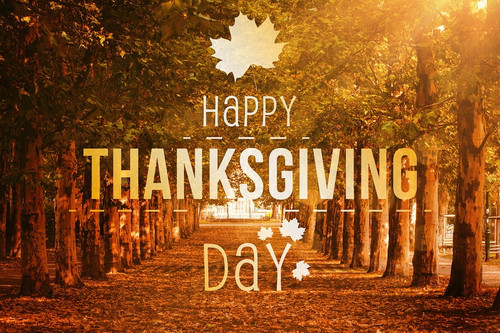
This Thanksgiving, I challenge you to start your own gratitude journey. Share your experiences with gratitude in the comments, or take it a step further and start a gratitude challenge with friends or family. Let's see how much positivity we can spread!
References
For further reading and to understand the studies and concepts discussed in this post, you might want to check out:
“The Psychology of Gratitude” by Robert A. Emmons and Michael E. McCullough
“Gratitude Works!: A 21-Day Program for Creating Emotional Prosperity” by Robert A. Emmons
Various studies on gratitude and well-being from the American Psychological Association (APA) website.
Remember, gratitude isn't just for Thanksgiving—it's a year-round journey that can bring more happiness and fulfillment into our lives. Let's make gratitude a daily habit and watch how it transforms us!
Related Posts:
How to Build Healthy Habits for Life
Unveiling the Power of Nature: Natural Remedies for Mental Health and Well-Being
How To Use Reiki Healing for Relaxation, Wellbeing and More
The Benefits of Pure Raw Honey – This Liquid Gold is Nature's Pharmacy
Healthy Skin Care Tips: Easily Improve Your Skin and Hair with These Teas, Tonics and Superfoods

